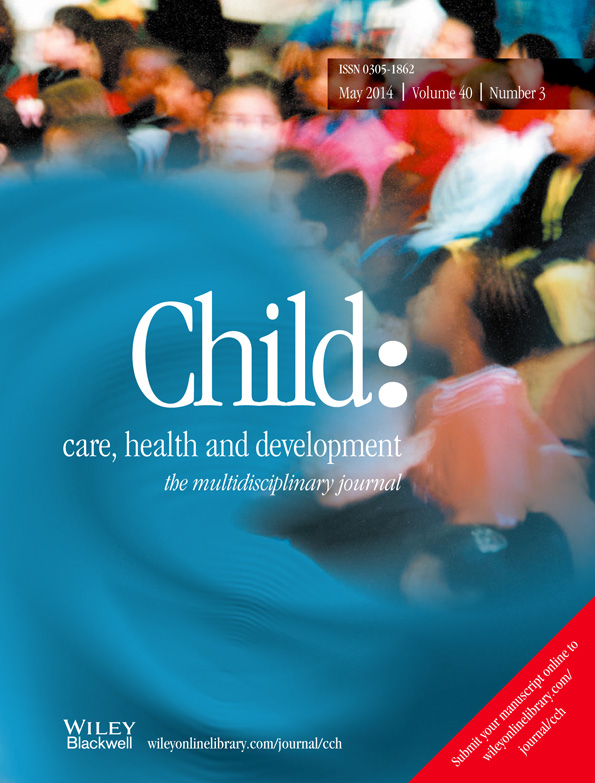Paediatricians' decision making about prescribing stimulant medications for children with attention-deficit/hyperactivity disorder
Abstract
Background
Attention-deficit/hyperactivity disorder (ADHD) is now the most common reason for a child to present to a paediatrician in Australia. Stimulant medications are commonly prescribed for children with ADHD, to reduce symptoms and improve function. In this study we investigated the factors that influence paediatricians' decisions about prescribing stimulant medications.
Method
In-depth, semi-structured interviews were conducted with paediatricians (n = 13) who were purposively recruited so as to sample a broad demographic of paediatricians working in diverse clinical settings. Paediatricians were recruited from public outpatient and private paediatrician clinics in Victoria, Australia. The interviews were audio-recorded and transcribed verbatim for thematic analysis. Paediatricians also completed a questionnaire describing their demographic and practice characteristics.
Results
Our findings showed that the decision to prescribe is a dynamic process involving two key domains: (1) weighing up clinical factors; and (2) interacting with parents and the patient along the journey to prescribing. Five themes relating to this process emerged from data analysis: comprehensive assessments that include history, examination and information from others; influencing factors such as functional impairment and social inclusion; previous success; facilitating parental understanding including addressing myths and parental confusion; and decision-making model.
Conclusions
Paediatricians' decisions to prescribe stimulant medications are influenced by multiple factors that operate concurrently and interdependently. Paediatricians do not make decisions about prescribing in isolation; rather, they actively involve parents, teachers and patients, to arrive at a collective, well-informed decision.




